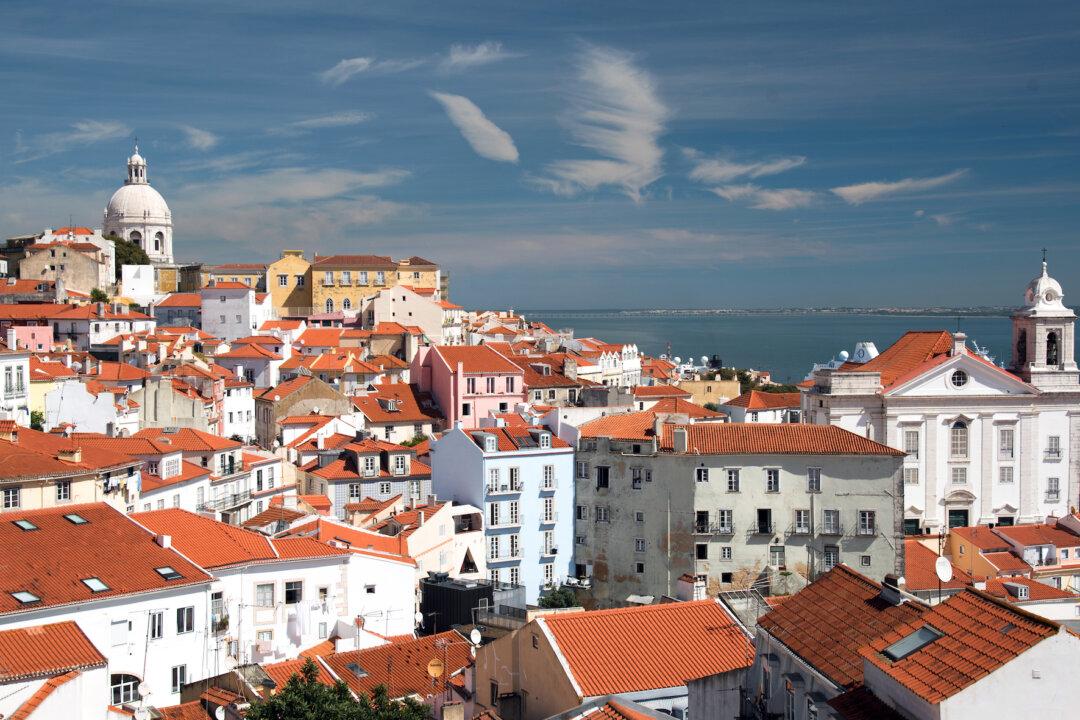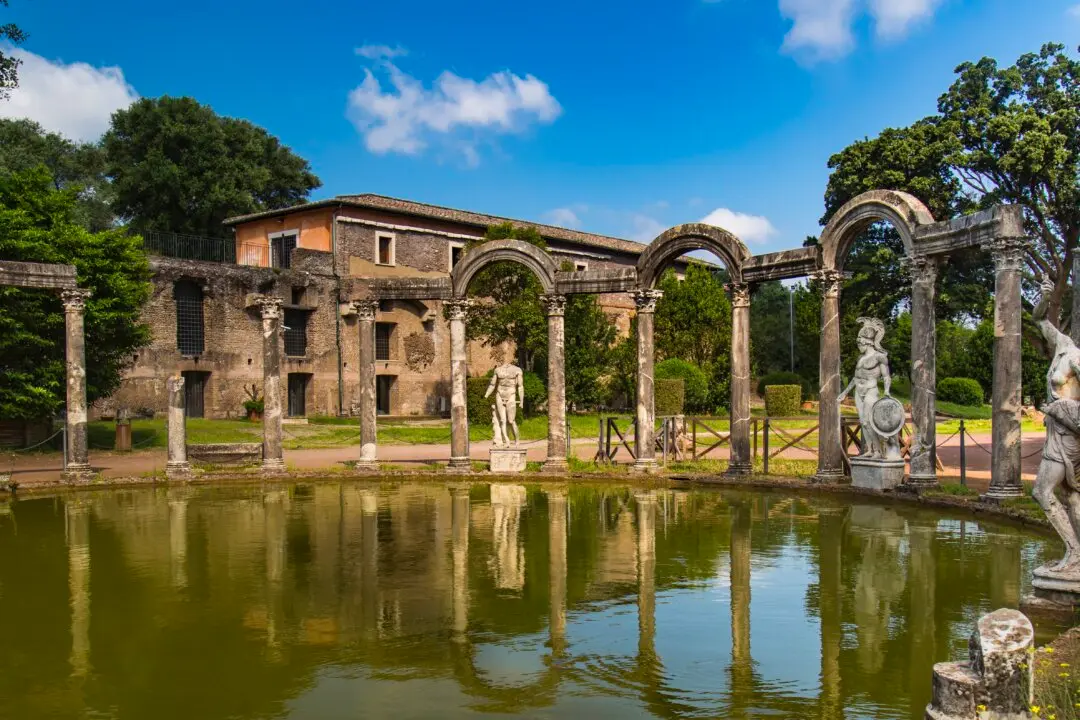If San Francisco had a sister, it would be Lisbon. Both cities have awe-inspiring suspension bridges and famously foggy weather. Both are situated on the best natural harbors on the west coast of their respective continents. Both have trolleys rattling up and down their steep hills past characteristic buildings. And both have survived horrific earthquakes.
In 1755, an estimated 9.0 earthquake leveled two-thirds of Lisbon. Within a month, a new city was designed, and downtown Lisbon was rebuilt on a progressive grid plan, with broad boulevards and square squares. Today, Lisbon is a ramshackle but charming mix of now and then. Bird-stained statues mark grand squares, taxis screech around cobbled corners, and well-worn people hang out in Art Nouveau cafés. And just like it did during the days of Magellan and Vasco da Gama, the city continues to welcome ships to its large port. Even today, Lisbon still feels like Europe’s gateway to the world.





